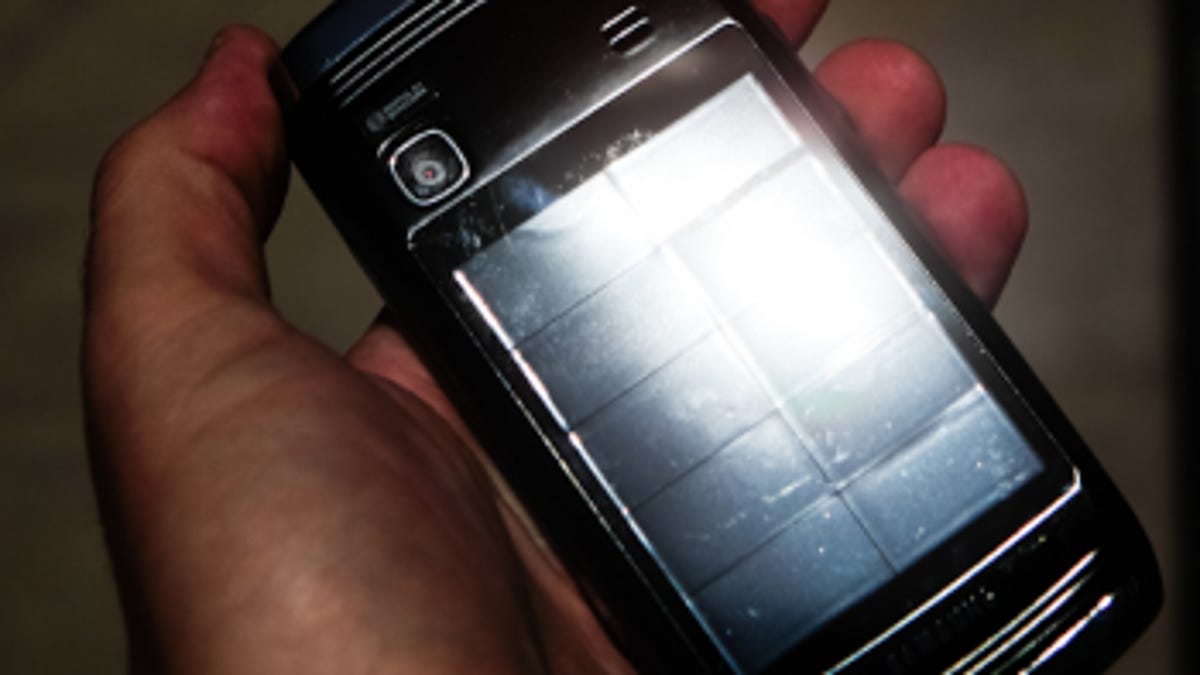Are mobile solar chargers worth it?
They sound convenient and responsible on paper, but not every solar cell phone charger will live up to the hype.

I think most people would agree that a solar charging back cover for their mobile phone is a good idea. Not only will it bathe you in rays of eco-friendliness and goodwill toward humanity, but a sun-powered backing could also top off an ebbing battery.
That is, of course, if the charger lives up to the hype. The worthiness of a solar boost boils down to how much the charger costs, how quickly it transmits a charge, and how well it soaks in the rays.
The
That means, in order for the solar backing to pull any charging weight, you'll have to be outdoors for at least 30 minutes on a sunny day, with the case positioned just so. We were able to pull in enough rays to reboot a completely drained phone. When we tried again an hour later, however, holding the Replenish aloft in an extended sun salute only earned us nervous looks from passers-by, but not enough extra juice to once again wake up the dormant phone. (Unfortunately, San Francisco has been so consistently pummeled with clouds, we didn't receive many other opportunities to repeat our tests. We'll stick with it, though.)
On top of that, the panel on the unit we have isn't well-made; one corner rises above the surface.
The solar cover on
The Puma Phone has the same basic set of limitations as the Replenish, technological restrictions that my colleague Kent German has also detailed in his review of the
In the end, having an extra solar cover (in addition to a conventional charging port) may have some practical and earthly benefits if you're an outdoorsy person who doesn't mind topping off your phone a bit at a time.
Integrated solar chargers are certainly more sensical for those emergency top-ups than a separate cover that you have to remember to bring with you outside, although selling the cover as an accessory may reduce the phone's overall cost. Still, for its modest amount of juice, an aftermarket charging add-on won't adequately return most people's investment.

